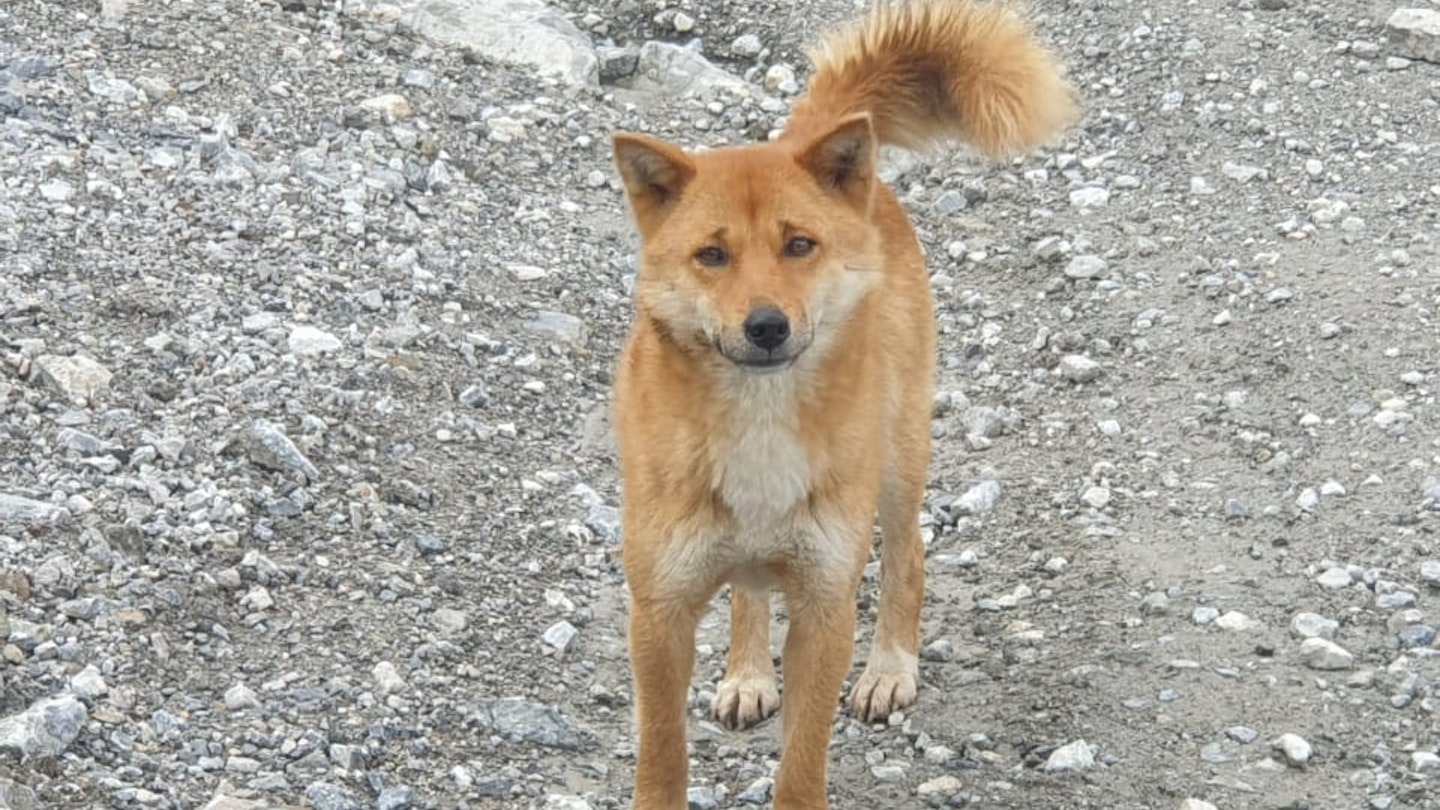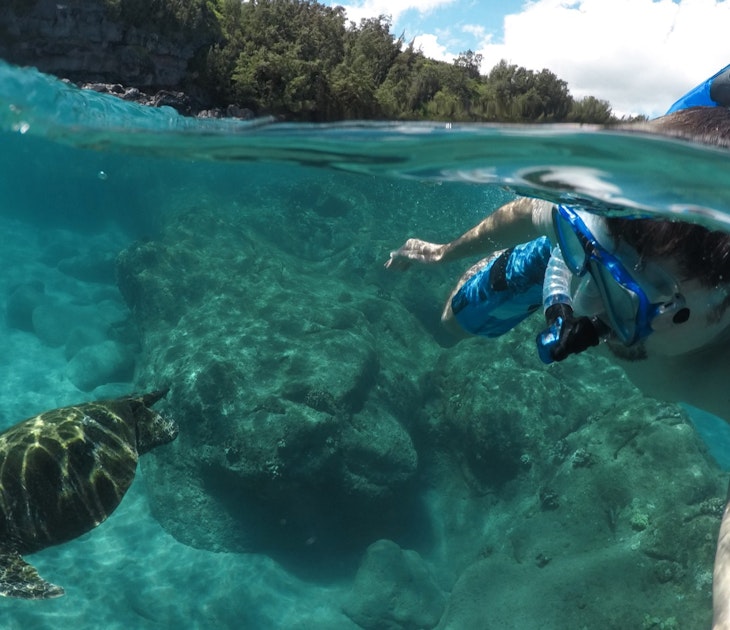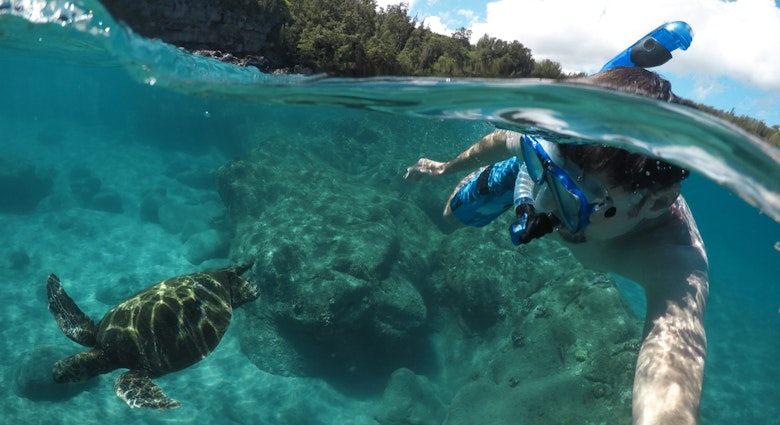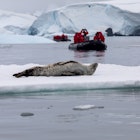Known for their distinctive vocalizations – an eerie, tonal sound that’s been described as “a wolf howl with overtones of whale song” – the ultra-rare New Guinea singing dog has been presumed extinct in the wild for the past half century. But recent research indicates that the canids are genetically linked to the New Guinea’s highland wild dogs, a discovery that could have a positive effect on conservation efforts at home and abroad.
While the similarities are obvious, there was never anything tangible connecting the captive New Guinea singing dog population to the highland dogs running wild today – until now. In a paper published in the scientific journal PNAS, a team of geneticists, biologists, and field researchers compiled DNA-based evidence asserting “an ancestral relationship” between the two, indicating that highland wild dogs could hold the key to preserving the singing dog population both in the wild and in captivity.

“These dogs are almost the same genetically, and about as far away genetically from every other dog species as they possibly can be,” James McIntyre, the New Guinea Highland Wild Dog Foundation’s founder and director of field research, tells Lonely Planet.
“When the oceans were lower and Australia was attached to New Guinea,” he continues, “there was one type of dog roaming around. Then the oceans got higher, and it separated the two continents, and those dogs that were left isolated in Australia evolved and adapted to become dingo. And those dogs that were isolated on Papua New Guinea, retreated to the highlands and evolved and adapted to become the highland wild dogs, or now as we know, New Guinea singing dogs. So they're all from the same cloth.”
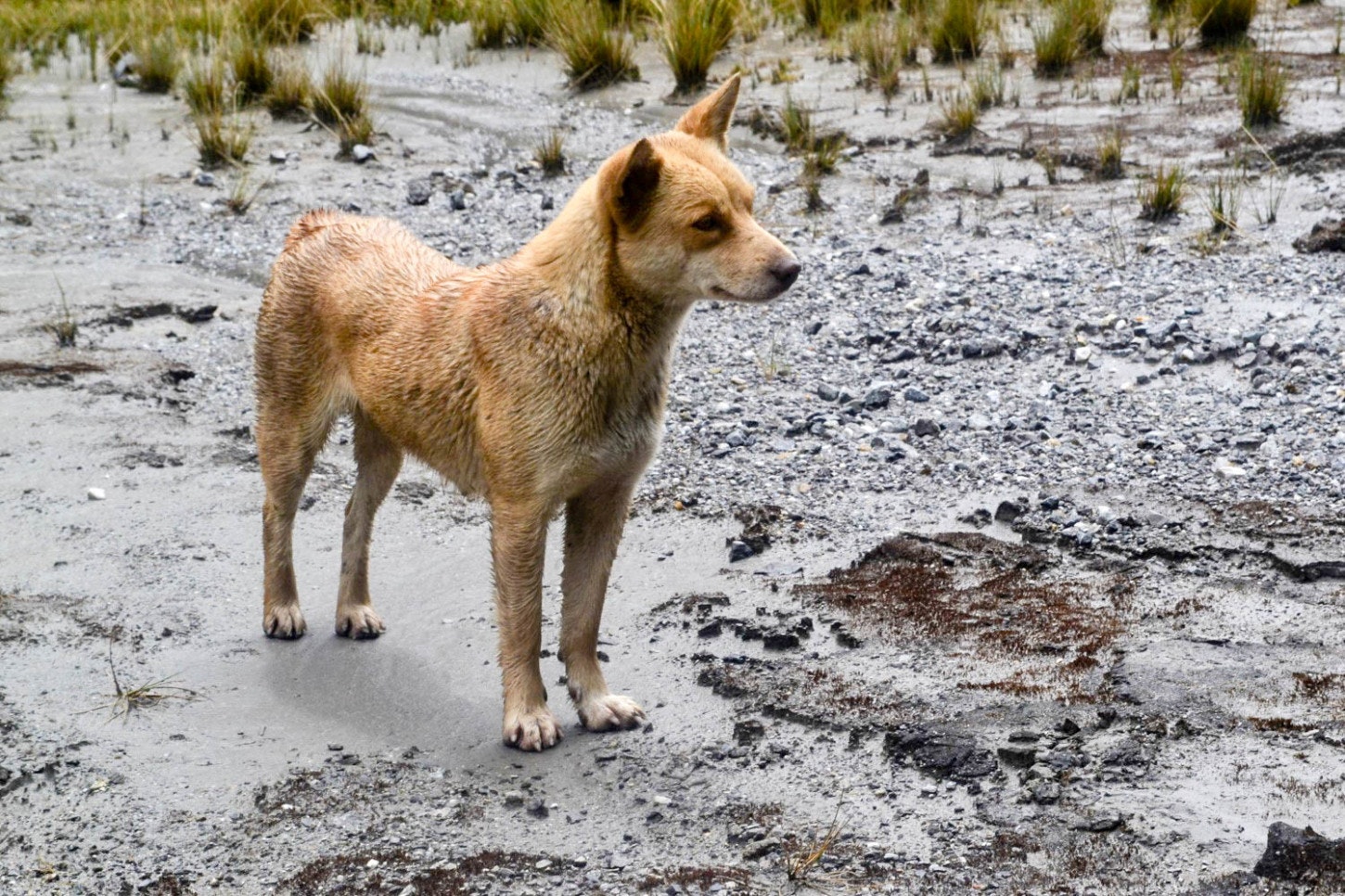
New Guinea singing dogs were first captured for domestication and observation in the 1950s, but they haven’t been captured or exported since the late ‘70s. Today there are just a couple hundred in captivity, living in zoos, private homes, and other facilities – all descended from the same eight animals captured decades ago.
“You can only imagine how inbred they are,” McIntyre says. With litter sizes shrinking and abnormalities like tail kinks appearing in the captive population, extinction is a concern, but it’s one that could be avoided with an infusion of new genes. "These wild dogs have a huge amount of genetic variability," he adds.

The “definitive proof,” as McIntyre calls it, of the dogs’ ancestral relationship was obtained during a 2018 trip to New Guinea, when he and his team managed to trap two dogs, collect biological samples in the form of hair, skin, saliva, blood, and tissue, slip on GPS collars, and return them to their point of capture – all in about 20 minutes or so.
“The geneticists – Brian Davis from Texas A&M, Elaine Ostrander and Heidi Parker from the National Institutes of Health – examined over 300,000 genes from the captive population and the highland wild dog samples that we brought back, and then they threw some dingoes in there also just because there was some previous research done that they were closely related,” McIntyre says. “And it turns out that if you have the whole family tree of dogs – every dog on the planet – there's one branch that sticks out beyond it. [That branch] has three little branches, and on one branch is the New Guinea singing dog, on another branch is the highland wild dog, and on another branch is the dingo.”

“Ultimately,” he says, “we would like to get new genes into the captive New Guinea singing dog population.” On the next trip, the plan is to collect semen samples, return to the United States, and infuse those samples into the captive population – an effort that, if successful, would be an “11th hour save” from extinction, offering a real reprieve for the unique creatures.
“Their dog sound – their howling or singing, if you want to call it that – is at a decibel level that is found in no other canid on the planet,” McIntyre says. “To actually, firsthand, hear it up above 14,000 feet in air, and in the misty valleys, it's almost a mystical experience.”
You may also like:
"New Big 5" project wants to change how we think about wildlife conservation
How wildlife is crossing the Trans-Mongolian Railroad for the first time in decades
This US wildlife care center has returned dozens of birds to their natural habitats

